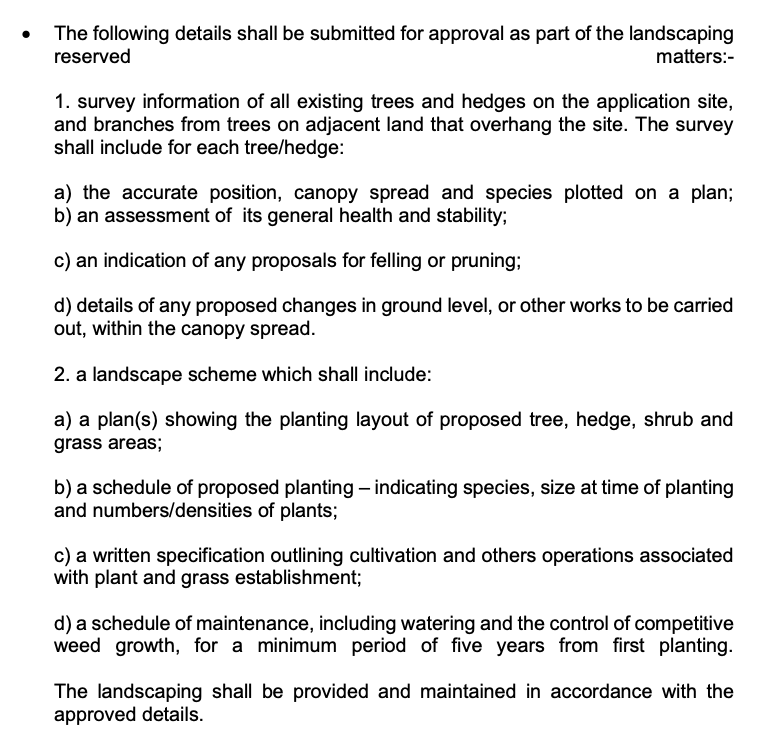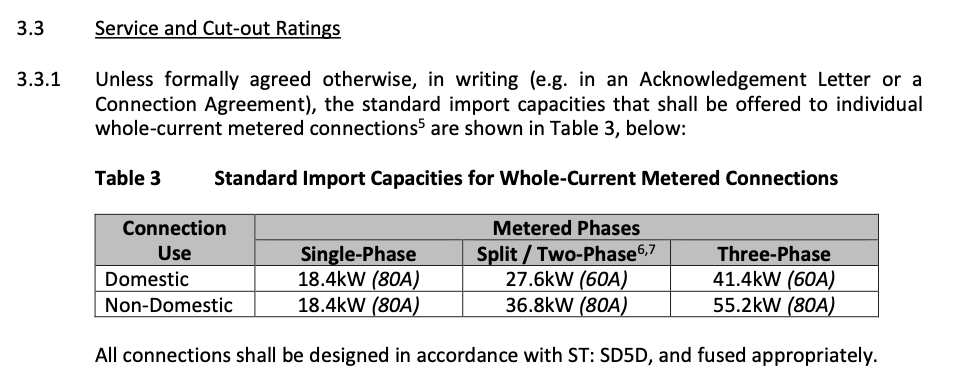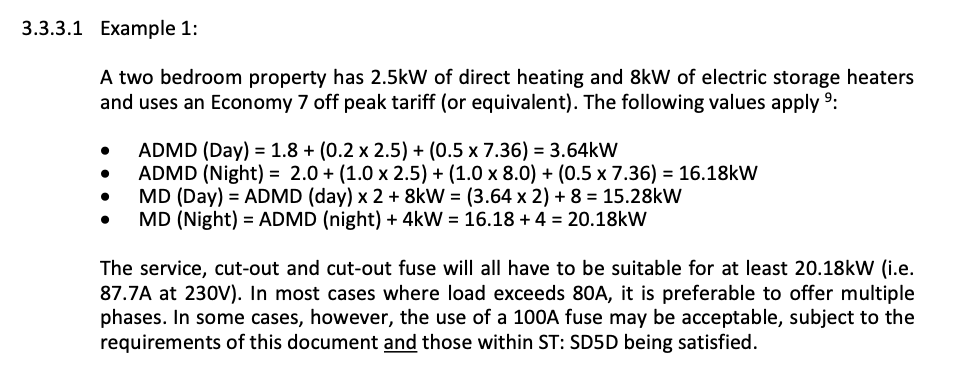-
Posts
460 -
Joined
-
Last visited
-
Days Won
6
garrymartin last won the day on August 19 2024
garrymartin had the most liked content!
About garrymartin
- Birthday 03/22/1970
Personal Information
-
About Me
Technology geek. Tool addict. Product tester. Future #Passivhaus Self-Builder (hopefully). Back at appeal stage for the second time...
-
Location
Worcestershire
Recent Profile Visitors
The recent visitors block is disabled and is not being shown to other users.
garrymartin's Achievements

Regular Member (4/5)
253
Reputation
-
OK, so you don't need solid lipping (which is more about aesthetics, to be honest), you need a "solid core door". These are typically made of solid or laminated timber on the stiles and rails and main parts, so you should be good to route your channel and screw down into it. Do a search for "solid core doors", and you should get a good selection allowing you to find something that will match the rest of your decor.
-
Not that it makes a difference to your search, but the channel is at the bottom normally, so that you can insert an aluminium channel into it that guides the door. There is no stress on this channel, so most doors should be fine to be honest. Are you sure you need a channel at the top? If that's the case, could you link to the Eclisse pocket product you are using. For my own doors (including my pocket door) I used ones with a 20mm solid lipping. XL Joinery Suffolk doors.
-
Is that so that you can have a smaller gap at the bottom of the door, as the top will aid with the airflow requirements? Or for some other reason?
-
The consensus is that they are compatible, provided you use the correct pipe inserts. The official responses are below. The official response from Wavin... "Are Hep2O fittings compatible with the JG Speedfit system pipework? We cannot guarantee that all push-fit plumbing brands are made to the same standards for the internal diameter, so we cannot say that Hep2O fittings are compatible with JG Speedfit pipework. We always recommend that you to use Hep2O push-fit plumbing pipe with Hep2O fittings." And the official response from John Guest... "Are JG Speedfit fittings compatible with the Hep2O system pipework? Yes, as long as the correct manufacturer's pipe insert is used. However, JG Speedfit fittings are designed and tested to be compatible with JG Speedfit pipe. JG Speedfit cannot guarantee the specification of other manufacturers' pipe therefore mixing JG Speedfit with Hep2O is not advised."
-
-
It's always the last place you look, isn't it? 🤣
-
I get that - I just question whether it meets the six tests, especially the "reasonable..." one. If you look at the model conditions, they are much more straightforward... "Approval of the details of the siting, design and external appearance of the building[s], the means of access thereto and the landscaping of the site (hereinafter called "the reserved matters") shall be obtained from the local planning authority in writing before any development is commenced"
-
I've asked for some to be removed in my appeal paperwork. It seems like the planning officers just randomly tick from a long list of standard conditions with no regard to the size, scale, or application circumstances. As an example, I have landscaping conditions applied to my single dwelling that would be more appropriate to a large commercial scheme in terms of the detail of information required and the monitoring and commitments over a 5-year period! Everyone should definitely check their conditions carefully and challenge any that do not seem appropriate using the mandatory tests.
-
National Grid can provide 100A on a single-phase in some circumstances, but 80A is standard. There are notes somewhere that an 80A fuse can cope with a 100A load for 4 hours, so they don't generally do 100A on a single-phase, but would look to do 60A on three-phase instead where possible. Lots of NG documents refer to this including SD5A_6 and SD5G_5Part 1 (where the images below come from). What are your specific requirements for 100A? Do they meet the conditions specified in those documents and in SD5D?
-

BNG de minimis exemption for self build in garden
garrymartin replied to Fi and J's topic in Planning Permission
Minor corrective point, but as I understand it, you aren't entering into a legal agreement to live in the house for three years. You're agreeing that should you not, you cease to be eligible for any of the exemptions for charges that you didn't have to pay for things like CIL and BNG, and any other associated things. I've seen on here that some mortgage lenders are spooked by that, but in the context explained, I can't understand why, to be honest. -
It's based on two things, I believe - not more than 50% of the garden, and subordinate to the main dwelling.
-
I always advise people to take a look at the John Cullen webinars to get a feel for how lighting should work and what a lighting designer might be able to help with - https://www.johncullenlighting.com/events/#webinars
-
Going to depend on your blinds. What do the manufacturer's installation instructions say? Assuming these are 230VAC versions, most will require a 3A or 5A fused plug on the end of their cable, or a fused connection unit (FCU), so that they can be electrically isolated for maintenance, etc. Some manufacturers require that you only have one blind powered up at a time when configuring, but this may not be an issue for you. If it isn't, and provided you understand the load requirements in both startup and use, you could wire more than one blind from a single FCU.








